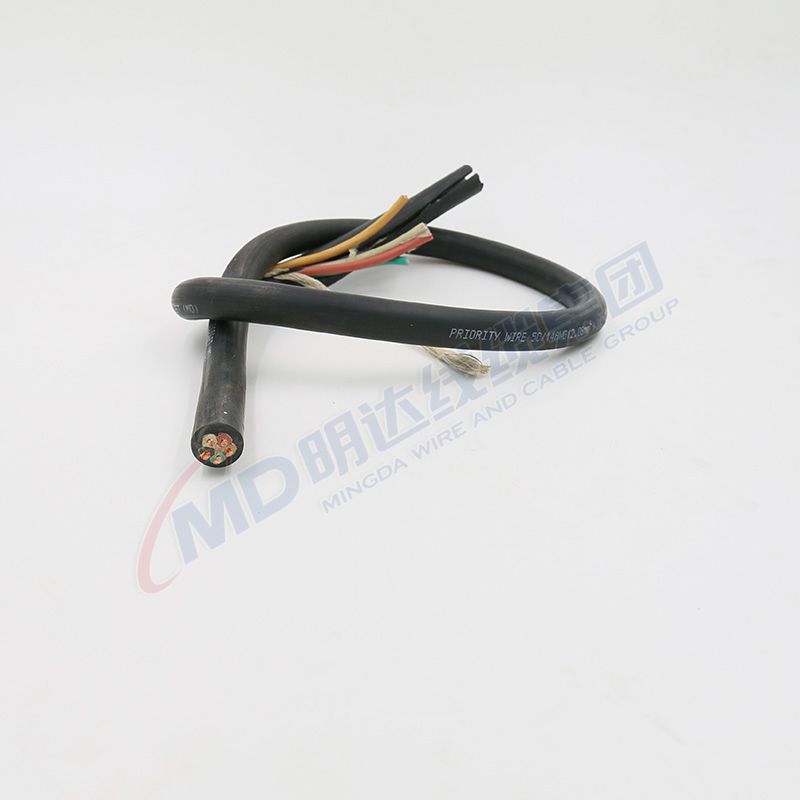Nov . 07, 2024 18:33 Back to list
Understanding the Basics and Benefits of Ball Valves in Fluid Control Systems
Understanding Ball Valves A Comprehensive Guide
Ball valves have become integral components in many industrial applications due to their reliable sealing, durability, and ease of operation. They are used widely in power plants, oil and gas industries, water treatment facilities, and many other sectors. This article aims to provide an in-depth look at ball valves, their construction, working principles, advantages, and applications.
Construction of Ball Valves
A ball valve is a type of quarter-turn valve that utilizes a spherical disc, known as a ball, to control the flow of fluid through the valve. The ball has a hole through its center, and when the hole is aligned with the flow, the valve is open. Conversely, when the ball is turned 90 degrees, the hole is perpendicular to the flow, and the valve is closed.
The primary components of a ball valve include
1. Body The main structure that contains the internal components and connects the valve to the piping system. 2. Ball The spherical element that controls flow. It can be made from various materials, including stainless steel, brass, and plastic. 3. Seats These are the sealing components that ensure a tight fit against the ball. They are usually made from materials like Teflon (PTFE) or other elastomers to provide excellent sealing capabilities. 4. Stem The component that connects the handle or actuator to the ball, allowing for the rotation of the ball to control flow. 5. Handle/Actuator The external feature used to manually or automatically control the ball’s position.
Working Principle of Ball Valves
The operation of a ball valve is straightforward. When the handle is turned, it rotates the ball inside the valve body. If the handle is turned to the 'open' position, the hole in the ball aligns with the passage, allowing fluid to flow through. When the handle is turned to the ‘closed’ position, the solid part of the ball blocks the passage, stopping the flow of fluid. This simple design allows for quick and reliable operation, making ball valves popular in applications requiring rapid on/off control.
Advantages of Ball Valves
1. Durability Ball valves are designed to withstand high pressures and temperatures, making them suitable for various challenging environments. 2. Minimal Pressure Drop When fully open, ball valves provide very little resistance to flow, leading to a minimal pressure drop across the valve.
3. Quick Operation As a quarter-turn valve, ball valves can be opened or closed with just a 90-degree turn of the handle, enabling rapid operation.
ball valve

4. Reliability With fewer moving parts compared to other valve types, ball valves offer a higher reliability rate and require less maintenance.
5. Versatility Ball valves can handle different types of fluids, including gases, liquids, and slurries, without compromising performance.
Applications of Ball Valves
Ball valves are used in a wide range of applications, including
- Oil and Gas Essential for controlling the flow in pipelines, these valves help in regulating the flow of oil, gas, and other hydrocarbons. - Water Treatment Used in water supply systems, ball valves facilitate flow control and isolation in various processes.
- Chemical Processing Ideal for applications involving corrosive chemicals due to their robust construction and sealing capabilities.
- Food and Beverage Food-grade ball valves made from stainless steel ensure safe and efficient flow management in processing and distribution.
- HVAC Systems Ball valves are employed in heating, ventilation, and air conditioning systems for regulating fluid flow.
Conclusion
In summary, ball valves are a critical component in numerous industrial systems, providing reliable flow control with minimal maintenance. Their durability, quick operation, and versatile application make them a preferred choice for engineers and operators alike. Understanding the nuances of ball valves can significantly improve system efficiency and reliability, ensuring optimal performance in various processes. As technology advances and industries evolve, the demand for high-quality ball valves is expected to remain strong, further solidifying their role in modern engineering solutions.
Share
-
Reliable Wafer Type Butterfly Valves for Every IndustryNewsJul.25,2025
-
Reliable Flow Control Begins with the Right Ball Check ValveNewsJul.25,2025
-
Precision Flow Control Starts with Quality ValvesNewsJul.25,2025
-
Industrial Flow Control ReliabilityNewsJul.25,2025
-
Engineered for Efficiency Gate Valves That Power Industrial PerformanceNewsJul.25,2025
-
Empowering Infrastructure Through Quality ManufacturingNewsJul.25,2025


